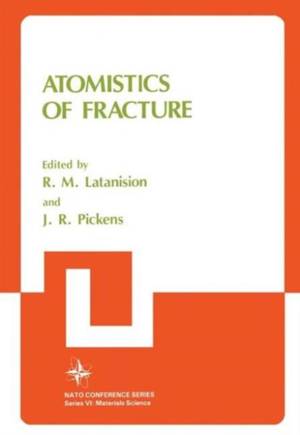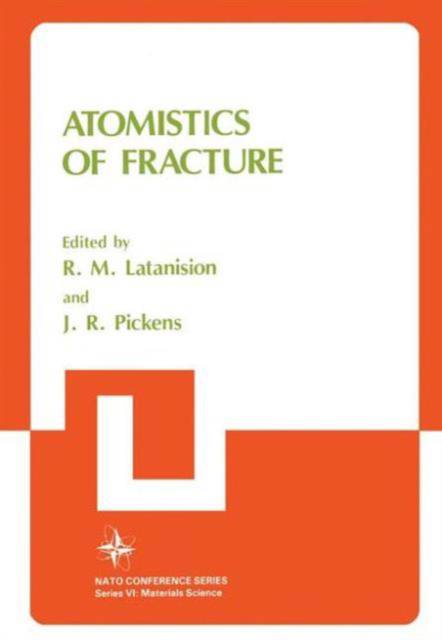
- Retrait gratuit dans votre magasin Club
- 7.000.000 titres dans notre catalogue
- Payer en toute sécurité
- Toujours un magasin près de chez vous
- Retrait gratuit dans votre magasin Club
- 7.000.0000 titres dans notre catalogue
- Payer en toute sécurité
- Toujours un magasin près de chez vous
Description
It is now more than 100 years since certain detrimental effects on the ductility of iron were first associated with the presence of hydrogen. Not only is hydrogen embrittlement still a major industri- al problem, but it is safe to say that in a mechanistic sense we still do not know what hydrogen (but not nitrogen or oxygen, for example) does on an atomic scale to induce this degradation. The same applies to other examples of environmentally-induced fracture: what is it about the ubiquitous chloride ion that induces premature catastrophic fracture (stress corrosion cracking) of ordinarily ductile austenitic stainless steels? Why, moreover, are halide ions troublesome but the nitrate or sulfate anions not deleterious to such stainless steels? Likewise, why are some solid metals embrit- tled catastrophically by same liquid metals (liquid metal embrit- tlement) - copper and aluminum, for example, are embrittled by liquid mercury. In short, despite all that we may know about the materials science and mechanics of fracture on a macroscopic scale, we know little about the atomistics of fracture in the absence of environmental interactions and even less when embrittlement phe- nomena such as those described above are involved. On the other hand, it is interesting to note that physical chemists and surface chemists also have interests in the same kinds of interactions that occur on an atomic scale when metals such as nickel or platinum are used, for example, as catalysts for chemical reactions.
Spécifications
Parties prenantes
- Editeur:
Contenu
- Nombre de pages :
- 1074
- Langue:
- Anglais
- Collection :
Caractéristiques
- EAN:
- 9780306410291
- Date de parution :
- 01-03-83
- Format:
- Livre relié
- Format numérique:
- Genaaid
- Poids :
- 1969 g

Les avis
Nous publions uniquement les avis qui respectent les conditions requises. Consultez nos conditions pour les avis.





